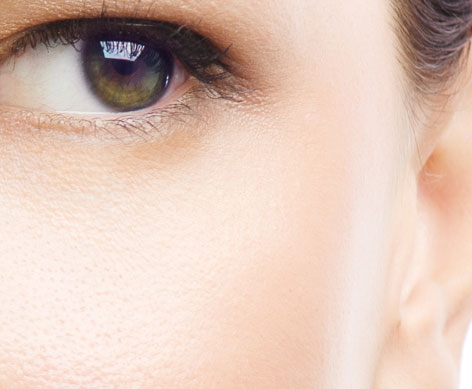Combination skin
Whatever your skin type, specific factors might trigger or lead to oversensitivity: Your skin reacts strongly when you’d rather it didn’t…

Combination skin
"Combination" skin is a common skin type and often the reason for visits to the dermatologist since it is hard to care for.
Combination skin is not considered a dermatological concept in itself like dry skin or hyperseborrheic skin. It is characterized by an oily appearance in the center of the face or "T-zone" (forehead, nose and chin) and normal to dry appearance (sometimes even flaky skin) on the rest of the face.
Why combination skin and not dry skin?
We can't change our skin type, but to compensate for certain imbalances, we have to use adapted products.
Nonetheless, skin type can change over long periods of time: skin can change from combination to dry for example, a frequent occurrence after the age of fifty.
Although combination skin includes hyperseborrheic and even acne-prone areas, this in no way justifies a generalized skin care approach using products made for oily skin. People with this skin type need to care for specific skin reactivity often associated with the dry parts of the face with combination skin. Applying a cosmetic product made for oily skin on dry areas (or inversely, applying products made for dry skin on oily areas) often has negative effects and can cause major skin discomfort.
How should I care for my combination skin?
We recommend the use of products specifically formulated for combination skin in order to:
treat the T-zone in the same way as oily skin. The objective is to reduce the skin's shiny, oily appearance with real efficacy for hyperseborrhea combined with a mattifying effect.
provide hydration and comfort for tight areas.
Stripping products should never be used since they are too aggressive for the dry areas of the face and stimulate sebum production on the oily parts.


